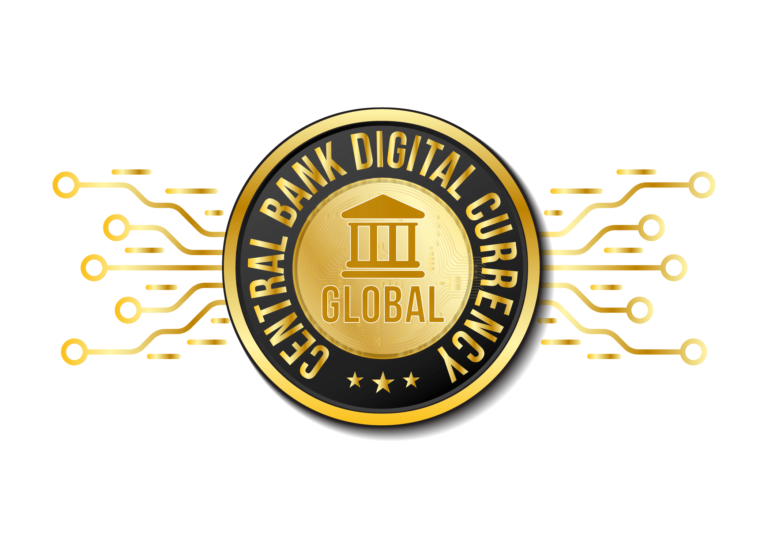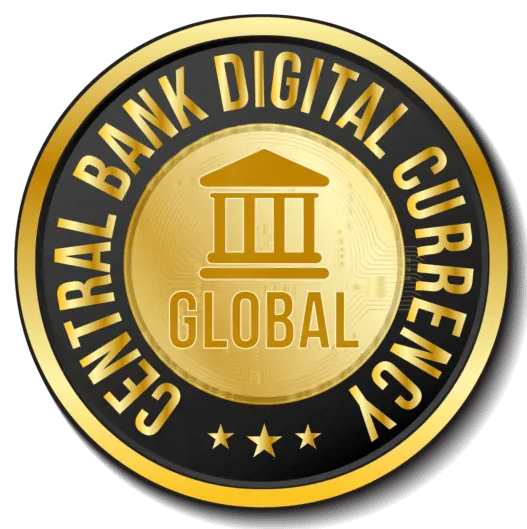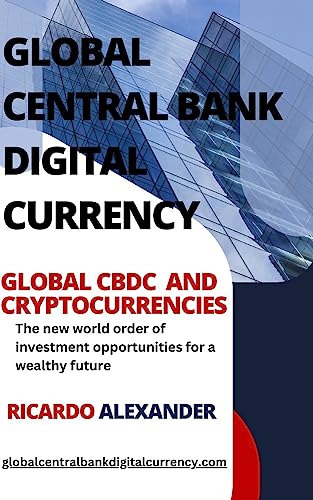The Growing Interest In Global Central Bank Digital Currency And CBDCs – One Coin To Rule Them All.
The first country to introduce a CBDC was the Bahamas in 2020 with the launch of its digital currency called the "Sand Dollar." Since then, many countries have been experimenting with CBDCs, including Nigeria, China, Sweden, Canada, and the United States. In particular, China has made significant progress in developing its CBDC and has already started piloting its use in several cities across the country. However, the main purpose behind the creation of CBDCs is to provide an alternative payment system that is more efficient, secure, and cost-effective than traditional cash payment methods. Several people claim that CBDCs can potentially offer several benefits such as lower transaction costs and enhanced monetary policy tools for central banks.
The increasing interest in CBDCs is driven by several factors, including the rise of digital payments, the declining reliability of cash, and the growing popularity of cryptocurrencies. Moreover, the COVID-19 pandemic has accelerated the shift toward digital payments, as many people started using contactless payment methods to avoid physical contact. In addition, the potential benefits of CBDCs have attracted the attention of policymakers, central banks, financial institutions worldwide, and a push by the IMF to create a global central bank digital currency – one coin to rule them all.
One of the potential benefits of CBDCs is that they can provide financial services to the unbanked and under-banked populations. According to the World Bank a few years, there were around 1.7 billion adults worldwide who do not have access to formal financial services. CBDCs can, therefore, offer a more accessible and affordable payment system, which can help to reduce financial exclusion and promote economic development.
A perfect example is Nigeria’s eNaira, which the government recently extended its accessibility through USSD, after assessing that a vast number of citizens are not using smart devices in the country. Similarly, CBDCs can make cross-border transactions faster and cheaper compared to conventional methods. This is because CBDCs are, by nature, designed to reduce the time and costs associated with currency conversions.
Would create a direct connection between the government and citizens' financial activities, giving it full visibility into all transactions. This level of surveillance could infringe on personal rights and result to abuses of power. The report also cites interesting examples of policymakers limiting alcohol purchases and parents restricting children's lunch money not to buy sweets, for instance, illustrating how CBDCs could be used to unfairly control consumer behavior.
CBDCs are digital currencies, they rely on access to technology and the internet. Those who do not have access to these resources might be left behind in a digital currency system. This could lead to a widening wealth gap and further economic inequality.
GlobalCentralBankDigitalCurrency.com
Price: $2,000,000
GlobalCentralBankDigitalCurren
Price: $2,000,000
GlobalCentralBankDigitalCurrency.x
Price: $2,000,000
GlobalCentralBankDigitalCurren
Price: $2,000,000
GlobalCBDCMetaverse.com
Price: $2,000,000
GlobalCBDC.gold
Price: $2,000,000
GlobalCBDCCoin.com
Price: $2,000,000
GlobalCBDCMerch.com
Price: $2,000,000
GlobalCBDCConvention.com
Price: $2,000,000
CBDCConvention.com
Price: $2,000,000




